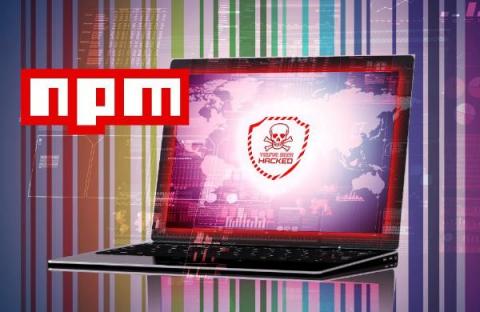The Era of Automated SAST has Begun
For consecutive years, applications have remained the top attack vector for black hats, with supply chain attacks not far behind. At the same time, market research indicates that enterprise security managers and software developers continue to complain that their application security tools are cumbersome. When asked, many developers admit that they don’t run security tests as often as they should, and they push code to production even when they know it has security flaws.









